Here we are providing a comparison between TIG Welder Vs MIG Welder. There are two different welding processes: metal inert gas (MIG) welding and tungsten inert gas (TIG) welding are two different welding techniques that produce different results. Finding out what each welding type requires and which is suitable for you is crucial to get the job done perfectly.
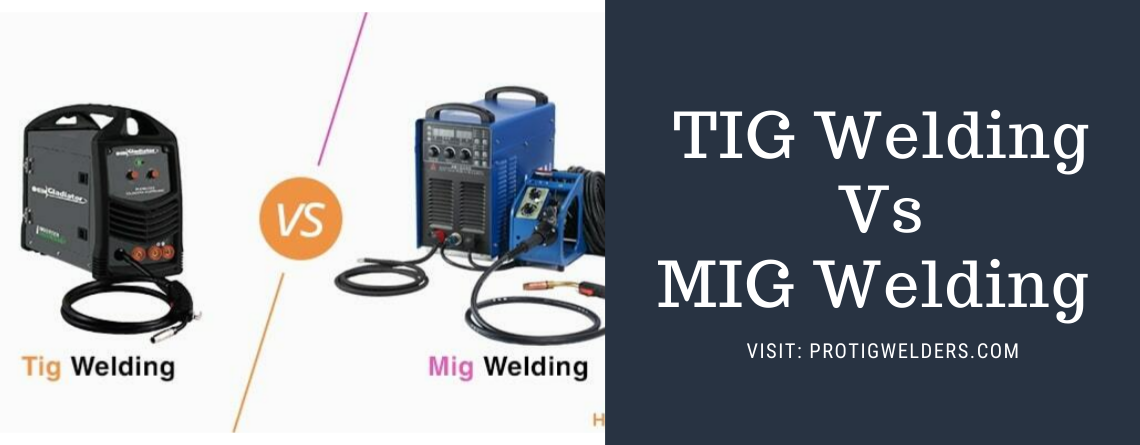
People usually get confused between TIG and MIG and consider them the same. It is true that the two processes differ significantly. When it comes to choosing between aluminum and other materials for your projects, this is what you need to know.
Contents
TIG Welding or MIG Welding: What are they and how do they work?
TIG Welding:
During TIG and MIG welding, an electric arc is created between the electrode and the material being welded. The filler material is able to combine with metal after this process melts it. To obtain the best results in welding, both processes need clean, clear surfaces. If you want to start welding, make sure to remove any dirt or debris.
FAQS
So In what ways do these two techniques differ?
To perform TIG welding also known as GTAW, tungsten electrodes are used to pass a current through the metals that are being joined. Once the electrode has heated up the metals and they become liquid, Welders dip filler material into a puddle of heated metals after the electrode has liquefied them. Once the filler material is dipped, they will begin to join.
The torch and filler material must be handled with both hands during TIG welding. For successful TIG welding, you don’t need filler material. Welders with TIG technology have foot pedals used to regulate the amount of electricity fed to the torch. The process of arc welding can result in splatter. With TIG welding, there is no splattering and the end result is clean.
MIG Welding:
MIG welding, on the other hand, involves feeding a wire to an electrode, which fuses your project together. This wire is used for transferring the filler material from the torch to liquefied metal. During MIG welding, there is a short circuit between electrodes.
Inert gas is emitted from the gun when the weld puddle forms and shields it from atmospheric contaminants. Thus, the inert gas protects your metal from being damaged during welding.
Modern welding is dominated by MIG processes as opposed to TIG. A massive advantage of MIG welding machine is its ease of learning and speed.
Both welding processes have both similarities and differences that you should consider when choosing one over the other.
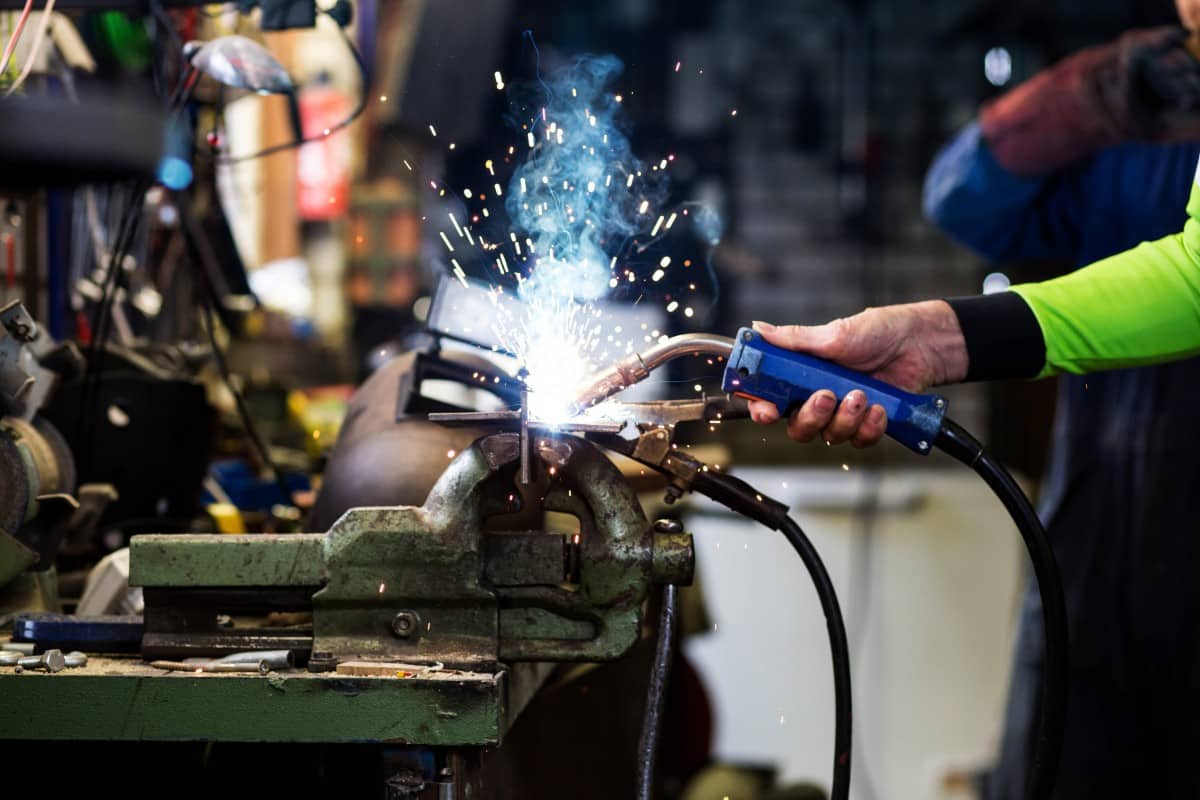
Here’s what you should know about how they differ.
Want to know about spool guns and tig welding, read this article Spool Gun or Tig Welder.
Similarities and Differences Between TIG and MIG Welding Methods
There are advantages and disadvantages to each type of welding depending on the situation. Consider what you need to accomplish the final product and what you need to do to reach your project goals. The project’s time frame, your budget, and the materials you are working with should all be taken into consideration.
MIG welding differs from TIG welding in the following ways:
Their main difference lies in their different techniques. While welding with TIG, the welder uses one hand to feed filler material and the other hand to control the torch.
Whereas in MIG welding, a spool gun is used to feed the wire electrode continuously to generate perfect welds.
There can be variations in difficulty due to operating conditions or handling techniques. Most welders find it simpler to use MIG welding because the filler material is fed directly into the spool gun. Contrarily, the operation of TIG welding with a filler rod requires two hands, a torch and filler material being used simultaneously. That can be confusing for new welders.
There are similarities between MIG welding and TIG welding, but the equipment they require is different. A spool gun or a feed wire are used in MIG welding. Meanwhile, TIG welds require a lot of variables including, torch, non-consumable, filler, and a foot pedal.
Fillers are used in both MIG and TIG welding, but the types and replacement of those fillers vary. There are 60-180 mm rods used in TIG welding that have a 1 to 3 mm diameter, whereas, in MIG welding, a longer wire with a diameter of 0.5 to 2 mm is used. As TIG welding uses shorter filler rods than MIG welding uses longer wire, it will need to be replaced more frequently.
In projects where speed is important, MIG has the advantage due to its simple operation. For those who place more emphasis on productivity than quality, this is ideal. If it is important to achieve high quality and attention to detail, then a TIG welding machine may be better.
TIG and MIG welding can be performed on mild and stainless steel, as well as aluminum. There is a difference in their thicknesses. The MIG welding process is recommended for thicker sheet metal because it can weld faster.
In contrast, for thinner materials, TIG welding is a better option.
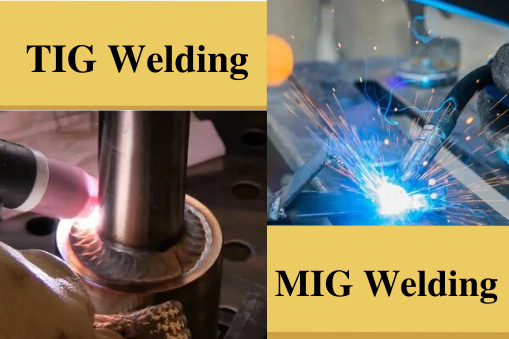
MIG welding can be used in a variety of applications, which makes it more diverse. The TIG welding process, on the flip side, can also be used for a variety of different projects, but it’s not as cost-effective as it could be. For this reason, it is commonly used for stainless steel applications, artwork, ornamental design, and automobiles.
You will be able to decide which welding method is better suited to your project once you are aware of the differences between MIG and TIG.
Conclusion
Selecting the right tool for heavy work will depend greatly on whether you will be working on structural components, auto body repairs, or general heavy repairs. As a result of learning the basics of TIG welder vs MIG welder, now you are able to select the right tool for your welding task.
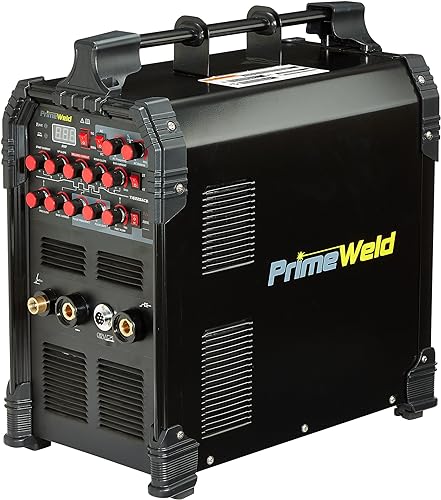
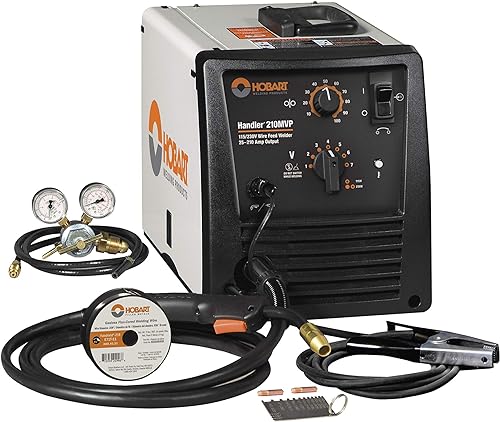
This is my last venture into something new so which welding style is more commonly used in the Baton Rouge. I also need money so in a professional opinion would you help me out in choosing. I’d truly appreciate it,